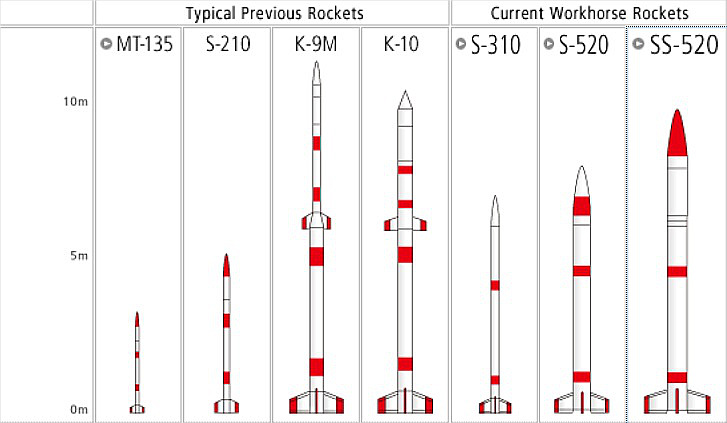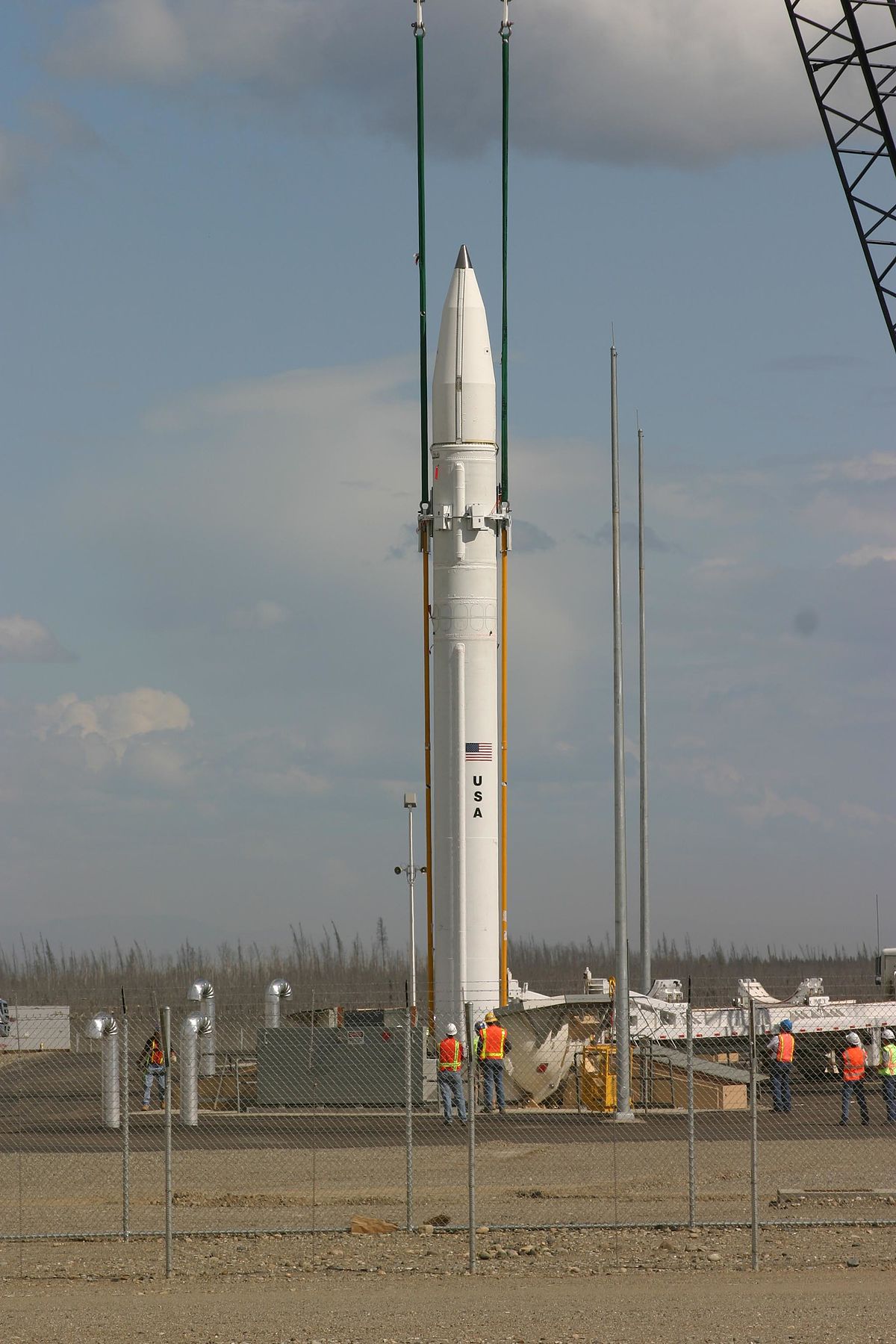A large part of the reluctance to use nukes come with the psychological and political dimension of radioactive contamination combined with the "wherever wind blows" caveat.
When you fight over whole planets and/or have DEWs with power measured in kilotons or megatons, it's completely different.
Nukes don't make every other weapon irrelevant, but nukes\orbital bombardment do double as superheavy artillery\air support if you are willing to use them as such.
True, what there we are also talking about a kind of conflict that is very historically rare: Most of the time combat would likely be over limited objectives, such as the earlier examples. Were megaton weaponry is likely to be generally counter productive. Most wars are not genocidal enough that collateral damage/proportional force are not concerns, at least historically.
@Atarlost ,
@Husky_Khan has already made the good point at length about how much land force has historically been necessary to take those Atols, I would like to make a related argument that planets are still big: just because spacecraft can have long range and doesn't necessarily cancel that out.
For an example, lets assume a low orbit weapons platform at roughly 400 km up. View to horizon is about 2,000 km. Lets assume your weapon system had a 2,000 km range, for ease of comparison: an orbit at that height has a period of roughly 100 minutes at 7 km/s. So, assuming that full 2,000 km range an a good turret for 360 coverage, that weapon system is in visual range of that target, optimally, for 4,000/7= 571 seconds, or roughly 10 minutes. Which means keeping total oversight from such a low position requires 10 weapon stations. And this assumes completely unobstructed views: if, for example, mountain ranges exist, or just a valley, there's going to be fairly extensive shadows.
This however also only works if your target is on the equator, any other location and you have the issue of the terrain under the orbit changing frequently:
File:Polar orbit.ogv - Wikipedia
Depending on range and cover, it seems like it can take somewhere around 1-10 days for a satellite to cover the same terrain.
A wide-covering satellite like MODIS, pictured above, with a swath of 2300 km (or 1400 mi), can
capture the entire globe in 1-2 days at a resolution of 250 m (820 ft). One of the
Sentinel-2 satellites, designed to cover 290 km (180 mi) at 10 m (33 ft) resolution, will take 10 days to take a new image of a specific area under the same viewing angle. With both satellites in the Sentinel-2 constellation (S2A and S2B), this revisit time can be reduced to 5 days
Skywatch
Thus, if you want 24/7 coverage of a particular area, your talking about 150 to 1,500 weapons platforms. This is part of why brilliant pebble or Starlink both involve thousands of satellites. If these weapon systems have the performance and cost of a fighterjet, you thus would have 1,500 systems producing roughly a 100-200 sorties a day. Meanwhile, having that in terrestrial based fighters would let you carry out, well, 1,500 sorties a day. Maybe 3,000 depending on turn around. So, for equivalent cost you can sustain a 10-20x higher operational tempo and much more concentration of force and sustained pressure.
Such low placed weapon systems have the same problems as aircraft as well, being not that hard to shoot: sounding rockets show you can get pretty high altitude with fairly small rockets:

en.wikipedia.org
anti orbit truck mounted missiles is perfectly doable, and of course you have air launched anti orbit is quite achievable too.
In which case the higher sortie rate of ground based aircraft vs conventional low orbit craft becomes a problem. If you have a 150 low orbit weapons platforms vs 150 fighter craft, on the specific airbase of a region the aircraft can mass easier against individual targets (launch 10 Anti-Orbit missiles with radar and jamming support to one). If the orbital platforms group up, avoiding them becomes much easier and overall presence is greatly reduced.
Many of these issues can be greatly reduced by being higher: larger field of view, harder for light weapons like truck or fighter mounted missiles to catch something by surprise if you have a 30 minute, or even days warning, rather than 1-10 minutes, depending upon firing angle and missile speed.
But, further distance also makes counter surface some amount less effective too.
Low Orbit really does have many of the same problems of aircraft: the ground forces actually have a lot of advantages against objects parked there: something in low orbit of earth is covering a path of roughly 40,000 km of surface area. If the enemy anti Orbit weapon has a range of 500 km, that means every 100 minutes your vehicle passes over 40 million square km of territory that could be hiding a truck, low flying plane, or submarine. At the same time, from such a low altitude you can only see roughly 12 million square km at any one time, meaning there are 498 million square km of surface you are not currently looking at. Assuming your craft can meaningfully observe 12 million km of land simultaneously in real time, a tall ask.
Much safer in the dirt: no one on the ground can directly observe you from much more than a couple of km away, hills, buildings, and trees give you cover from longer range observation, and is just a generally noisier environment in general, and if your landing zone is at all reasonably chosen, your likely near something that the enemy would be opposed to casually nuking.
And now of course you have all the advantages against the enemies Low Orbit assets the ground forces would have had against your forces parked in Low Orbit: finding a guy in a forest with a telescope is hard. Using a telescope to spot satellites and weapons platforms in orbit against the cold backdrop of space, much less difficult.
If the enemy can achieve a landing in some force in, say, Sydney Australia, then by basic orbital mechanics more or less every orbital asset of the planet will overfly them in roughly 24 hours to a week, maybe a month if I understand the relationship between range and orbital mechanics.
Which means either the planet has to accept aircraft operating in an active air defense zone casualties, which can be high: Vietnam for example had a loss of roughly 0.4 per 1,000 sorties. WWII had a horrific 9.7 per 1,000 sorties. So, operating in LEO long term might drive some frightful attrition. Or you could have your assets move higher, which pushes for more expensive, high performance platforms, and makes the orbital systems less effective in supporting planetary operations.
I think its better to think of low orbit here as a now mans land, rather than something permanently occupied. Dropships want to do either high speed passes, or at least very elliptical orbits: you only get into low orbit as short as necessary to drop troops. If you need a quarter orbit (roughly 10,000 km) you angle the orbit so you enter in the Indian Ocean and are heading out by Somoa. Your exposure is limited to 10,000 km^2 instead of 40,000, and if you can do it at interplanetary speeds of say 20 km/s, your through the maximum danger zone in 8 minutes, rather than circling the globe in a predictable fashion every 100 minutes. And because your not passing over every bit of land every week or so, you can choose relatively safe positions: the Indian ocean to Somoa is only overland for about 4,000km of it is overland. With a more polar approach the entire overland portion of the dropships travel could be over Antarctica, with the drop pods just adding a bit of lateral motion.
Defenders likewise would probably prefer some combination higher performance more endurant plateforms, likely in higher orbits, while maintaining a surge capacity: when the counter attack to push the enemy out of Australia is mobilized, 10 Falcon 9 equivalents might be available to surge 500 communications and recognizance satellites over the area: gives initially a very strong observation of the area, and if the enemy anti-orbital weapons are able to take out 10 of those a day, well, 500 gives you some 50 days to win the ground battle before low orbit support is exhausted.
Edit: I see errors, but I spent way to much time on this and need to call it a night. I think its still mostly readable, and hopefully I'll have some time tomorrow to clean up the mistakes.







